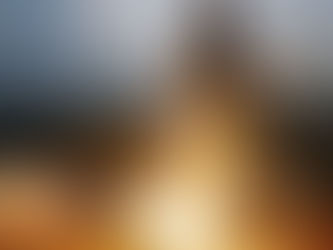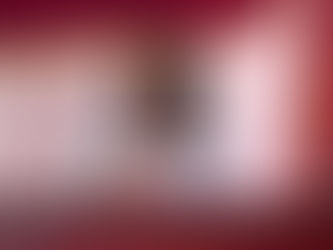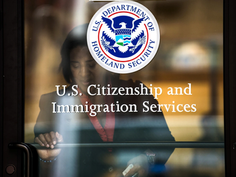Melbourne, Australia's Cultural and Financial Hub
- Iruni Kalupahana

- Oct 15, 2024
- 3 min read
Iruni Kalupahana JadeTimes Staff
I. Kalupahana is a Jadetimes news reporter covering Australia

Melbourne, the capital of Victoria, is situated on the southeastern coast of Australia at the head of Port Phillip Bay. This dynamic city is home to approximately 136,000 people in its central area, while the larger metropolitan area accommodates over 1 million, making it one of the world’s most southerly urban regions.
Melbourne ranks second only to Sydney in terms of population in Australia, and the friendly rivalry between the two cities has shaped their distinct characters. Despite its flat landscape, Melbourne’s well planned streets, beautiful parks, and diverse architectural styles give it a charm that appeals to visitors and locals alike.
Urban Expansion and Natural Landscape
Melbourne's urban sprawl follows the unique geology. The city has generally spread from the original site at the mouth of the Yarra River to the east because the eastern and western quarters are highly contrasted in their physical aspect. For example, the west is flatter and consists of basalt plains. The east enjoys rich soils with heavy tree cover.
Today its development along the eastern shore of Port Phillip Bay extends 60 miles whereas the west coast has shown far less development, extending only 10 miles.
The city has a mild climate, seldom reaching below freezing point, and an annual rainfall of 26 inches (660 mm), evenly distributed throughout the year. The moderate climate of the city and winds from the east contribute to relatively low levels of air pollution compared with other major cities.
Historical and Architectural Significance of Melbourne
The Melbourne CBD still maintains the rectangular feature representative of its very first settlement, which was elegantly placed against the Yarra River. It also contains a number of the city's central institutions, including the Victorian Parliament, several key churches, museums, the State Library, and the Melbourne Stock Exchange.
Melbourne has both new skyscrapers and well preserved 19th century buildings, such as the Town Hall, Law Courts, and the Exhibition Building. In the center of this thriving precinct, the streets Bourke and Swanston have been given a complete facelift into busy malls with little access for vehicles and enough evidence that the city has worked toward access and animation in its urban space.
This city is made up of 14 precincts, each with its own ethnic and commercial clusters, so adding to Melbourne's diverse cultural identity.

A Vibrant Cultural Hub
It is also known as the cultural capital of Australia, offering a fantastic combination of arts, music, theater, and sports. From the Melbourne International Comedy Festival to the Melbourne Cup horse racing and the Australian Open, one of the four Grand Slam tennis events, the activities of this city are well known in the world calendar of events. It is also famous for its street art in lanes such as Hosier Lane, which houses both artists and tourists.
Its diverse population of people from different cultures and traditions has ensured that Melbourne has one of the most varied and impressive cuisines, offered through various international restaurants located in different parts of the city.
Besides these gastronomic advantages, Melbourne is home to a host of museums and art galleries, including the National Gallery of Victoria the oldest public art museum in Australia. Teeming with festivals, brimming with artistic energy, and abuzz with sports events, Melbourne can easily be considered as one of the most dynamic and charismatic cities around the world both to live in and to visit.











































Comments